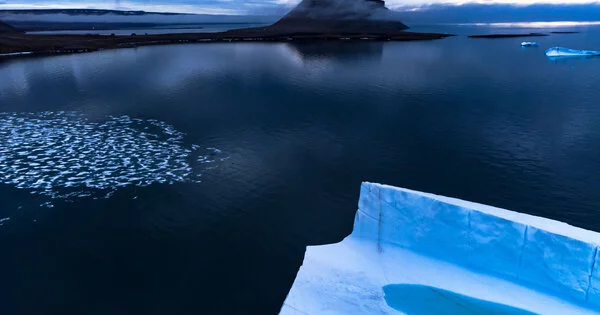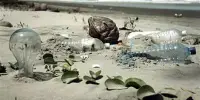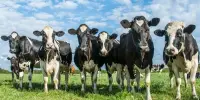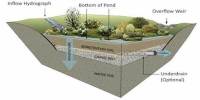Changes in arctic landscapes caused by climate change are important to local people and animals in terms of food, fuel, culture, and habitat. Because many processes related to arctic landscapes affect global climate and resources, these changes have the potential to have global consequences. Some changes in arctic landscapes are already taking place, and future changes are expected to be much greater.
For the first time, an international team of researchers, including University of Copenhagen researchers, has documented the critical role of vegetation in Arctic warming. The new findings allow us to make more precise climate predictions, though the researchers note that current models are still flawed.
The Arctic is warming three times faster than the rest of the world. Melted terrain absorbs heat into the earth’s surface where snow and ice used to reflect sunlight back into the atmosphere. There has long been debate about the impact of vegetation emerging from melting snow on warming in comparison to other factors such as snow, precipitation, cloud cover, and geographic location.
Numerous studies have already demonstrated the importance of greenhouse gas emissions in Arctic ecosystems, such as CO2 and methane. Fewer studies have been conducted on the impact of vegetation on Arctic climates. An international research team has become the first to document the critical role of vegetation in Arctic warming, using new analyses of data collected at 64 Arctic sites between 1994 and 2021. The study has been published in Nature Communications.
Our study shows that the type of vegetation on an Arctic surface has a major impact on how direct warming will be. Whether there are shrubs, grasses, mosses or wetlands matters considerably for the degree to which solar energy is absorbed and how it gets converted. In fact, in some cases, vegetation type is nearly as decisive as whether snow is present.
Professor Friborg
“Theoretically, it has long been understood that surface vegetation helps heat an area as plants absorb solar radiation. In our new study, we confirm this theory through actual measurements and demonstrate a correlation between the amount of energy absorbed on the surface and the types of vegetation found there,” says Professor Thomas Friborg of the Department of Geosciences and Natural Resource Management.
For more than 20 years, Friborg has measured climate data from northern Sweden, northern Russia and Greenland, among other places, and has contributed data to the study.
Theory confirmed
The researchers compared fifteen factors that affect the so-called “surface energy budget” (SEB), which describes how solar energy is converted when it hits the earth’s surface. In doing so, the researchers investigated how different Arctic environments, such as barren tundra, peat bogs, shrub-covered tundra, and wetlands, influence how solar energy is converted.
The findings show that some of the greatest differences in energy conversion occur between dry areas with little vegetation, where grasses and lichens typically grow, and wet areas, such as peat bogs, which are rich in mosses, shrubs, and small trees. Dry soil surfaces produce more warming than wet areas because the energy from wet areas is converted into evaporation.
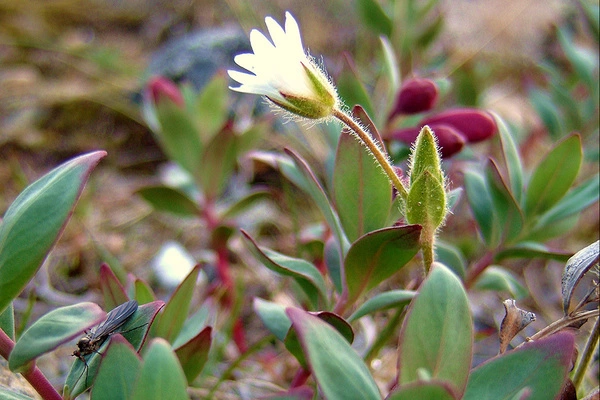
This is just one example of the various roles that vegetation types play in the warming of an area, differences that today’s climate models still fail to take fully into account.
“Our study shows that the type of vegetation on an Arctic surface has a major impact on how direct warming will be. Whether there are shrubs, grasses, mosses or wetlands matters considerably for the degree to which solar energy is absorbed and how it gets converted. In fact, in some cases, vegetation type is nearly as decisive as whether snow is present,” says Professor Friborg.
Crucial for climate predictions
Several studies have found that as temperatures rise due to arctic amplification, the Arctic is becoming greener. Because this causes more vegetation to emerge, understanding how vegetation reacts to sunlight and influences warming is critical for climate predictions. The researchers contributed new and important information here.
“It’s a large study with important findings about how Arctic plants convert solar energy. Because we can now put a few values on vegetation-related differences, the results are very likely to influence our way of predicting climatic changes in the Arctic and globally” Friborg says.
The findings of the researchers also highlight the possibility of improving our current predictions of how the climate will evolve. Current knowledge is shaky, and more data collection is required to solve this complex puzzle.
“In many ways, the Arctic is the canary in the coal mine: it is where we first notice and feel the effects of global warming. At the same time, it is extremely difficult to predict. We are currently experiencing warming of 3-4 degrees Celsius, which is higher than many models predicted 20 years ago. As a result, there is an ongoing need to refine models and incorporate as much data as possible into them” Professor Thomas Friborg concludes.
